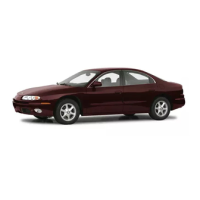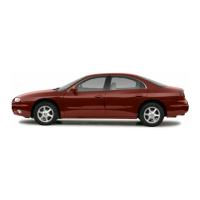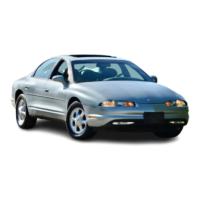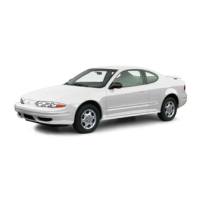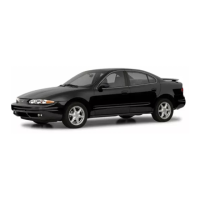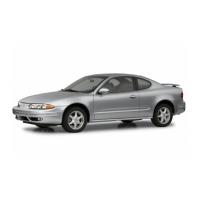So here are some tips for passing:
“Drive ahead.” Look down the road, to the sides
and to crossroads for situations that might affect
your passing patterns. If you have any doubt
whatsoever about making a successful pass, wait
for a better time.
Watch for traffic signs, pavement markings and
lines. If you can see a sign up ahead that might
indicate a turn or an intersection, delay your pass.
A
broken center line usually indicates it’s all
right to pass (providing the road ahead is clear).
Never cross a solid line on your side of the lane or
a double solid line, even
if
the road seems empty
of approaching traffic.
Do not get
too
close to the vehicle you want to
pass while you’re awaiting an opportunity. For
one thing, following too closely reduces your area
of vision, especially
if
you’re following a larger
vehicle.
Also,
you won’t have adequate space
if
the
vehicle ahead suddenly slows or stops. Keep
back a reasonable distance.
When it looks like a chance
to
pass is coming up,
start
to
accelerate but stay in the right lane and
don’t get too close. Time your move
so you will be
increasing speed as the time comes to move
into the other lane. If the way is clear
to
pass, you
will have a “running start” that more than makes
up for the distance you would lose by dropping
back. And
if
something happens to cause you
to
cancel your pass, you need only slow down
and drop back again and wait for another
opportunity.
If other vehicles are lined up
to
pass a slow vehicle,
wait your turn. But take care that someone isn’t
trying
to
pass you as you pull out to pass the slow
vehicle. Remember to glance over your shoulder
and check the blind spot.
Check your mirrors, glance over your shoulder, and
start your left lane change signal before moving out
of the right lane
to
pass. When you are far
enough ahead of the passed vehicle
to
see its front
in your inside mirror, activate your right lane
change signal and move back into the right lane.
(Remember that your right outside mirror is convex.
The vehicle you just passed may seem
to
be
farther away from you than it really is.)
4-1
4

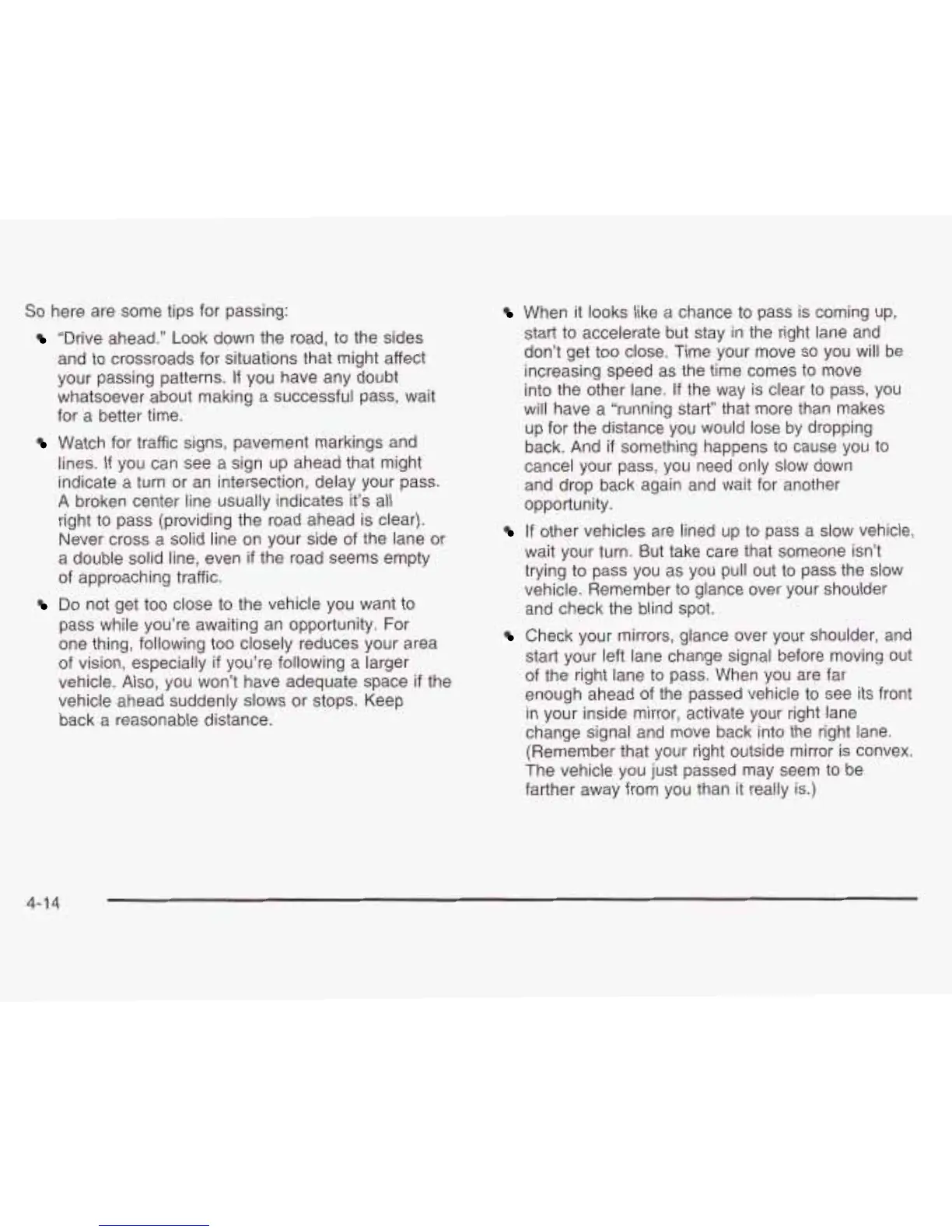